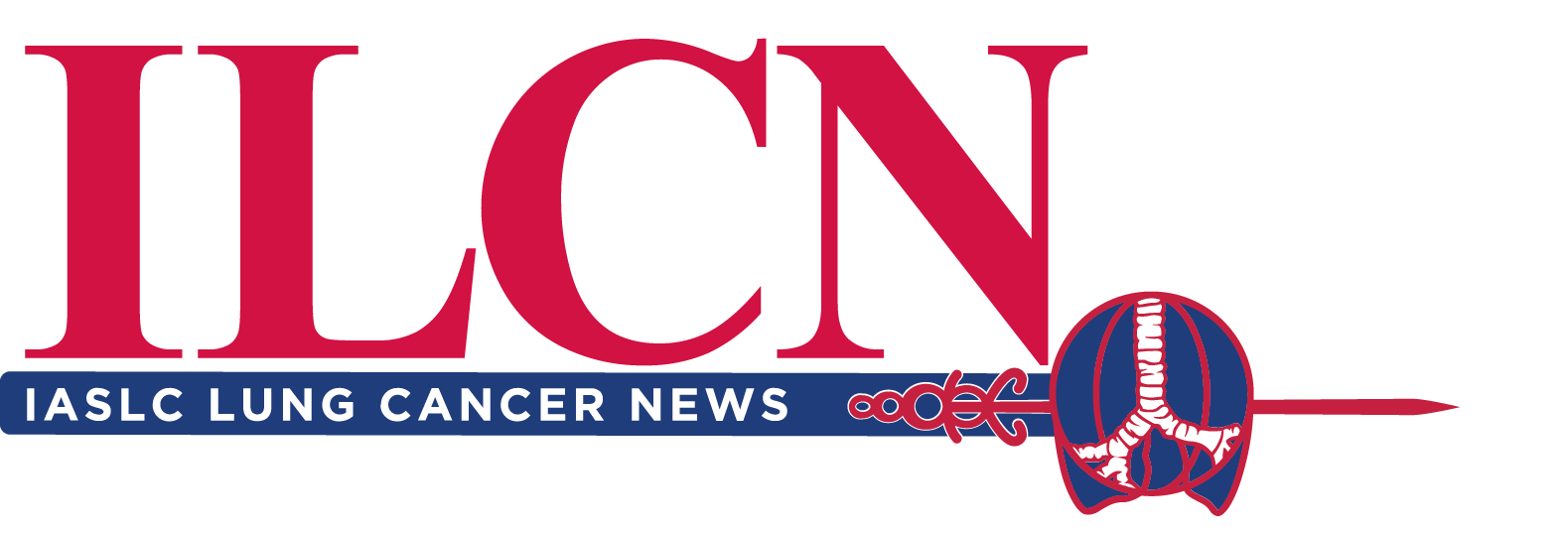When the first KRAS inhibitor received approval from the US Food and Drug Administration (FDA) in 2021, it was hailed as a long-awaited game changer with the potential to improve outcomes and survival for cancer patients with the KRAS mutation.
On February 20, during the annual IASLC Targeted Therapies of Lung Cancer Meeting, which registered attendees can watch on demand via Lung Cancer 360, enthusiasm was a bit muted. After a debate between two experts regarding whether KRAS-inhibitor drugs merited a promotion to first-line therapy for lung cancer, the verdict, indicated by crowd reaction, strongly suggested that the promise of this class of drugs has yet to be realized, that the available data were far from overwhelming.

There were early indications of the result as Trever Bivona, MD, PhD, Professor of Medicine, University of California, San Francisco and senior investigator at Chan-Zuckerberg Biohub, San Francisco, began by acknowledging the difficult task he faced in defending the affirmative position.
Starting with an overview of the RAS family, Dr. Bivona noted that the decades-long development of KRAS inhibitors owed a tremendous debt to researchers in virology, who first isolated the oncogenes, as well as to oncology researchers who have studied a range of KRAS-inhibitor drugs.
Moving KRAS inhibitors to first-line therapy could allow clinicians to “take advantage of the least-aggressive stage of the tumor, before patients require second- and third-line therapy when cancers typically become more aggressive and more heterogenous,” Dr. Bivona said.
Turning to clinical data from second- and third-line applications, as well as from emerging first-line applications, he characterized the results as “promising” with “momentum” and emphasized historical precedent of previous cancer drugs being transitioned from later lines into first-line therapy.
He added that the case for KRAS inhibitors is even stronger when considered as a component of combination therapies.
“So why not KRAS?” Dr. Bivona asked. “KRAS is just joining the band, with EGFR, ALK, and other major oncogene drivers.”

Stepping into the opposing position, Rebecca S. Heist, MD, Massachusetts General Hospital Cancer Center, said that current clinical data support a “case closed” verdict against the promotion of KRAS inhibitors.
Dr. Heist justified her opinion by outlining the criteria for a drug to be considered for first-line therapy in non-small cell lung cancer (NSCLC). The drug must have a durability of response and tolerability, so that patients live as long and as well as possible. The drug must outperform docetaxel, the second-line standard of care, on overall survival (OS). For targeted therapy, the drug must present a waterfall plot that is indisputable, with a response rate of 70% to 90% or higher.
Dr. Heist justified her opinion by outlining the criteria traditionally used before a drug is considered for first-line therapy in non-small cell lung cancer (NSCLC). She said the drug must demonstrate durability of response and tolerability, so that patients live as long and as well as possible. Additionally, the drug must outperform docetaxel as well as the current standard of care. Alternatively, Dr. Heist said some drugs have made it to the first line by having an indisputable waterfall plot with a response rate of 70% to 90% or higher.
Examining the available studies of G12C inhibitors, Dr. Heist noted that the KRAS inhibitors with the most mature data either failed or yielded equivocal outcomes across all three crucial criteria.
Comparing G12C inhibitors directly to docetaxel, she said KRYSTAL-12 and CodeBreaK 200 had slight progression-free survival (PFS) benefits, but no significant benefit in OS.
The same G12C inhibitors performed better in waterfall plot comparisons with response rates in the range of between 28% to 32%, compared to about 10% for docetaxel.
“It is better,” said Dr. Heist, “but it is not something where you can say, ‘Absolutely, we are moving these agents to the first-line setting.’”
Turning to the rise of combination therapies for G12C inhibitors, Dr. Heist outlined a range of problems, including too much toxicity for the combination therapy of sotorasib and immunotherapy, as well as concerning dose reductions and interruptions in data for combined therapies of adagrasib and pembrolizumab, divarasib and atezolizumab, and olomorasib and pembrolizumab (with and without chemotherapy).
She said that initial waterfall plot data for the G12C inhibitors were limited to small numbers and that it is much too early to be looking at durations of response and PFS and OS, which is what clinicians hope to see when considering the addition of immunotherapy to any regimen.
Dr. Heist added that combination delivery might undermine strengths of the G12C inhibitors.
“It is amazing to have G12C inhibitors, to have drugs against a target that we previously had thought was undruggable,” Dr. Heist noted. “But remember: When we are doing this in combination, we are already decreasing the dose; then, when you have to hold or reduce the dose further, it really begs the question of whether we are using these drugs to their maximum potential.”
Given these concerns, and until the arrival of new data that might bolster the case for KRAS inhibitors, Dr. Heist indicated the best approach for now is not to advance the drugs to first-line therapy.




